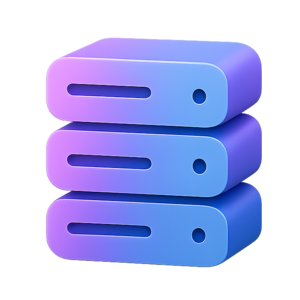Introduction to Self-Hosting
Take control of your digital life by running your own apps and services.
What is Self-Hosting?
Self-hosting means running software — like file storage, media servers, or websites — on your own hardware instead of relying on third-party cloud services (Google, Dropbox, etc).
You become your own cloud provider.
Why Self-Host?
| Benefit | Why it Matters |
|---|---|
| 🔒 Privacy | Your data stays in your hands |
| 💰 Cost-saving | No subscriptions — use your own hardware |
| 🛠 Control | Customize services to your needs |
| 🌐 Offline use | Local access even without internet |
| 📚 Learning | Improve your Linux, networking, and sysadmin skills |
Common Myths
| Myth | Reality |
|---|---|
| "It's too hard!" | Many tools are plug-and-play now (e.g. Docker) |
| "You need expensive servers" | A Raspberry Pi or old laptop is enough |
| "It’s not safe" | With basic security (firewall, SSH), it can be very secure |
What Can You Self-Host?
- Media Servers – Plex, Jellyfin
- Cloud Storage – Nextcloud, Seafile
- Password Managers – Vaultwarden
- Note-taking – Joplin, Standard Notes
- Smart Home – Home Assistant
- Chat/Email – Matrix, Mailcow
What Do You Need?
| Resource | Recommendation |
|---|---|
| Hardware | Raspberry Pi 4, old PC, mini PC, VPS |
| OS | Linux (Ubuntu Server, Debian) |
| Network | Router with port forwarding |
| Knowledge | Basic command line and curiosity! |
First Steps
- Choose your hardware (Raspberry Pi, old laptop, VPS)
- Install a Linux server (e.g., Ubuntu Server 22.04)
- Set a static IP address
- Install Docker and Docker Compose
- Deploy your first app (e.g., Uptime Kuma, Nextcloud)
Security Basics
- Use SSH keys, not passwords
- Enable a firewall (UFW)
- Regularly update your system
- Keep backups of important data
Final Thoughts
Self-hosting puts you in control. It’s not just for techies anymore — it's for anyone who values privacy, learning, and digital independence.
“You don’t have to own a data center to own your data.”
